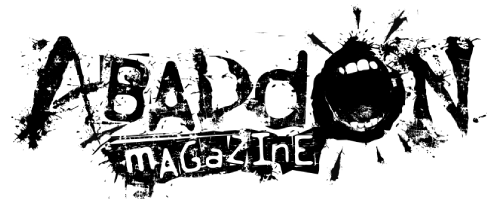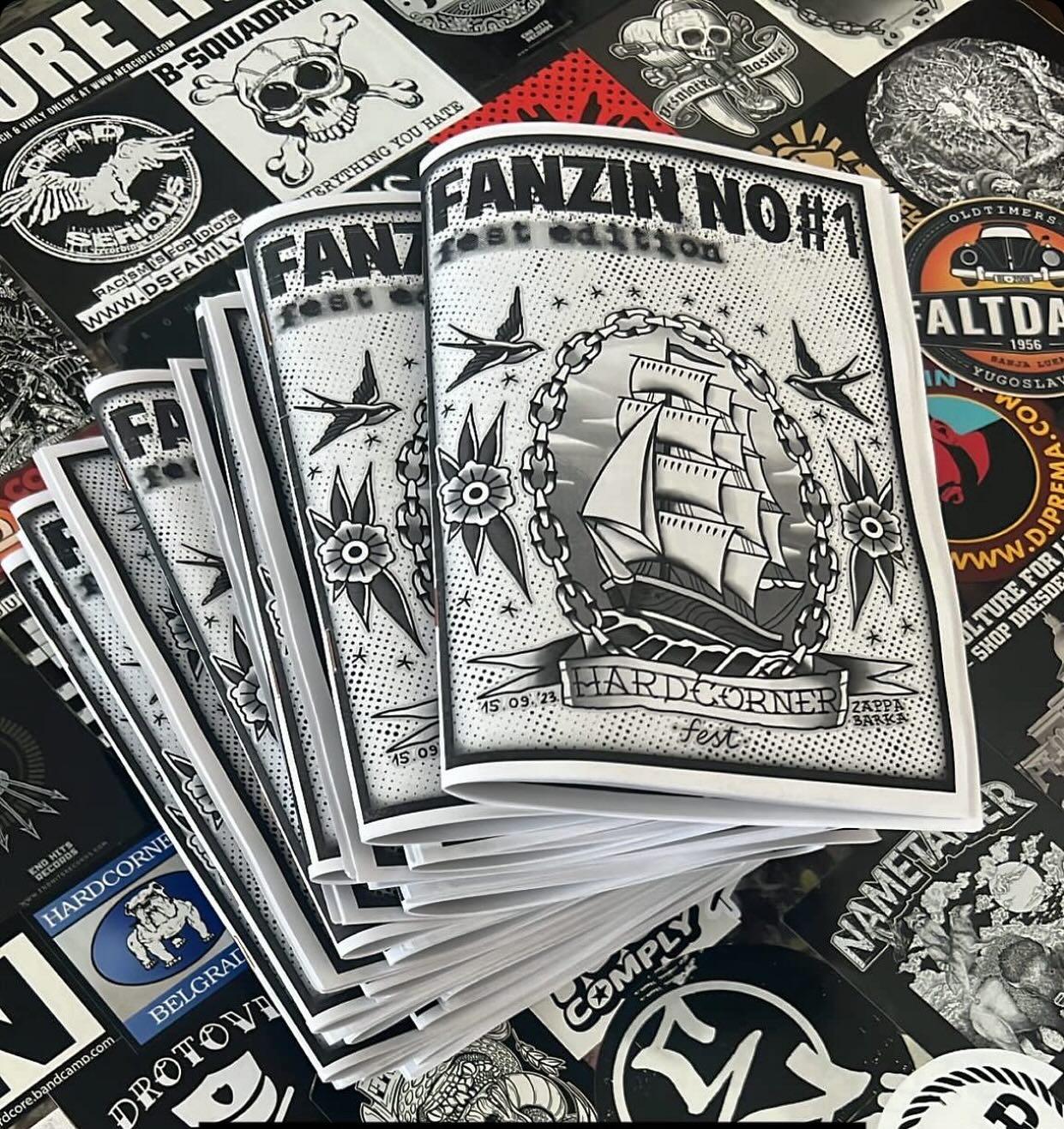 Label: Century Media Records
Label: Century Media Records
Release date: November 8th, 2024
Icelandic post-metal pioneers Sólstafir have long been known for their ability to create music that feels less like songs and more like immersive ventures into the abyss. With their latest album, “Hin helga kvöl”, they plunge even deeper into the shadows, crafting a sonic ritual that explores haunted landscapes of grief, despair, and myth. This is not an album that follows typical song structures. Instead, it forms an eerie unfolding, mirroring the stark, barren Icelandic wilderness: vast, beautiful, and indifferent to the fragile lives that traverse it.
The album opens with “Hún andar”, a track that beckons the listener into its fold with a haunting build. The guitars stretch and writhe like an oppressive fog, suffocating and cold. The lyrics set the tone for the album’s spiritual unease, capturing the feeling of searching for solace in a world where peace is nothing more than an illusion. The lines “Í sumarlandi finnur þú þinn frið, við móðumör finnur þú þinn grið (In the summerland you will find your peace, in the mother’s embrace, you will find your refuge)” signal a journey into a realm where comfort is fleeting and death is the only certainty. From the very first note, it becomes clear that “Hin helga kvöl” is a descent into the darkest corners of the soul. It is a place where light is quickly swallowed, and silence is as powerful as any scream.
The title track, “Hin helga kvöl”, follows with an air of dread and sacred resignation. The pacing is meditative, almost liturgical, with a sense of timeless sorrow saturating every measure. The track unfolds with heavy solemnity, as if each chord were struck in reverence at the altar of pain. It marks the spiritual heart of the album, evoking both the rituals of mourning and the holy terror of inner reckoning.
“Blakkrakki” arrives next, sharpening the atmosphere with emotional rawness. It evokes a sense of cold isolation and existential terror. This track is built on minimalist, ritualistic soundscapes, where the band’s command of mood outweighs traditional melody. The guitars are wrapped in melancholy, and Jónsi’s voice trembles under the weight of unresolved grief. The song moves slowly but with crushing intent, echoing like the footsteps of someone lost in a storm they know will never end.
With “Sálumessa”, Sólstafir delivers one of the most mournful and harrowing moments of the record. The title suggests a mass for lost souls, and the music lives up to that image. Every note feels like an unanswered prayer. The lyrics “Ég dey og græt og hlæ nú einn á ný, Ég sálarvona stari inn í ský (I die and cry and laugh alone again, I stare into the sky of soul’s hope)” express an unbearable mixture of yearning and resignation. Here, the band confronts spiritual desolation with honesty that is almost too much to bear. It is the sound of someone trying to speak to a god who is no longer listening.
“Vor ás” injects a flicker of motion into the gloom. Though still steeped in minor chords and solemn tones, this track carries a ritualistic momentum, referencing pagan archetypes and the stirring of ancient forces. The guitars tremble with restrained energy, as if pushing against the weight of sorrow that blankets the album. It is less a spark of hope than it is a reverence for the cycles of death and rebirth, and the inevitability of both.
The track “Freygátan” leans deeply into Icelandic myth and spectral suggestion. It feels like a half-remembered folktale, one whose moral has long since decayed. The atmosphere is thick and strange, with the guitars echoing across vast imaginary fjords. It is a song that sounds as if it has always existed, carried on the wind in some far northern valley where no one remains to hear it. The emotional pull here is immense, driven by reverence and the longing for something just out of reach.
The presence of “Grýla”, named after the infamous Icelandic mythological figure who devours misbehaving children, brings a chilling shift in tone. It is the most visceral and threatening moment on the record. The guitars grow harsher, and the tempo more agitated. This is the album at its most menacing. The band embodies the monstrous maternal archetype in sound, conjuring ancient fear with every distorted riff. It feels like the terror of being pursued by something ancient and merciless, something that knows your name.
By the time “Nú mun ljósið deyja” arrives, the record has shifted fully into despair. The title translates to “Now the light will die”, and the song delivers exactly that. The track is stripped of illusion. There is no light at the end of this path, only darkness. The lines “Faðir vor, unni barni þínu hér. Ég elska þig. Móðir vor, þú skugga berð með þér. Þú svíkur mig (Our Father, have mercy on your child. I love you. Our Mother, you carry shadows. You betray me)” are among the album’s most devastating. They suggest a deep betrayal at the heart of all things, a spiritual wound that refuses to close.
The closing piece, “Kuml (Forspil, sálmur, kveðja)”, serves as a three-part farewell: a prelude, a psalm, and a parting. It is the most ambient and abstract moment on the record, dissolving structure entirely in favor of pure atmosphere. The sound moves like fog rolling over ancient burial mounds, heavy and slow. “Það rignir dauða núna (It rains death now)” echoes in the mind as the final notes disappear. There is no resolution, only dissolution. It is not a silence of peace, but of something ending without comfort.
Throughout “Hin helga kvöl”, Sólstafir balances shadow and light with remarkable restraint. Tracks like “Sálumessa” and “Blakkrakki” channel deep emotional weight. Others, like “Freygátan”, “Grýla” and “Nú mun ljósið deyja”, deepen the album’s mythic and psychological layers. “Kuml” provides a final, hollow coda that lingers in the silence that follows. What makes this record so devastating is not its heaviness alone, but the clarity with which it expresses sorrow. The quiet moments are often the most painful, echoing louder than any scream.
Sólstafir’s “Hin helga kvöl” is not for the faint of heart. It demands that the listener face grief, isolation and the collapse of spiritual comfort. It does not offer redemption. Instead, it leaves you standing at the edge of something ancient and unknowable with the weight of your own shadow at your back.






